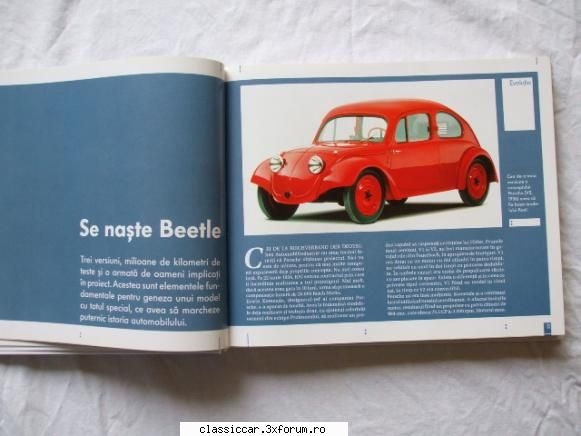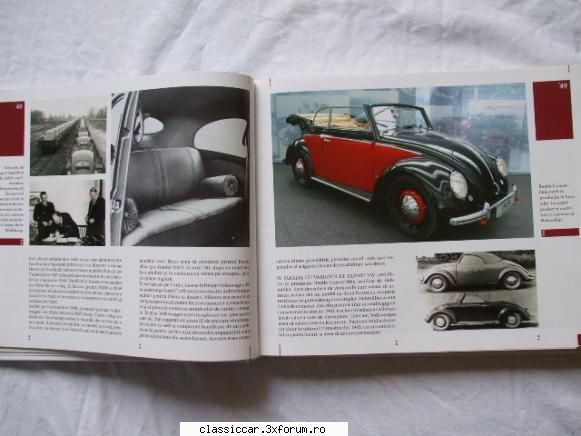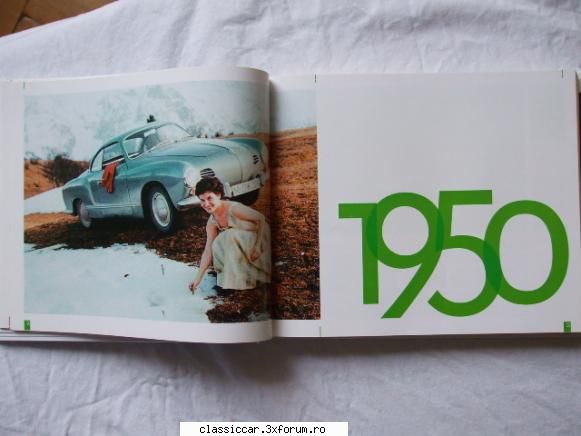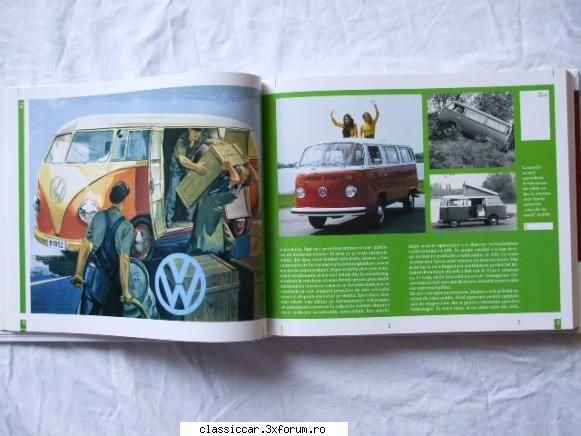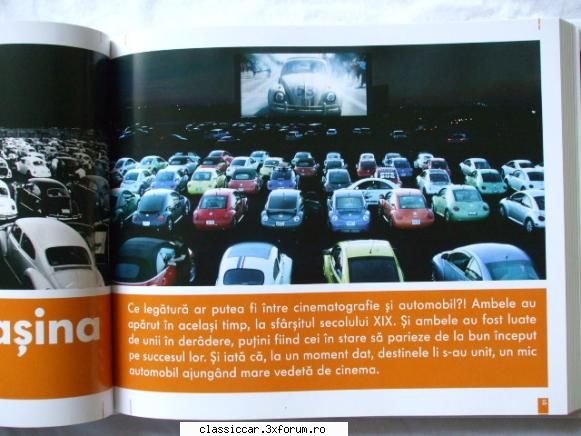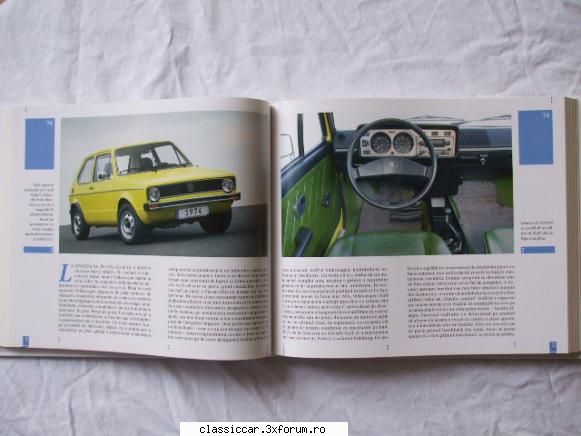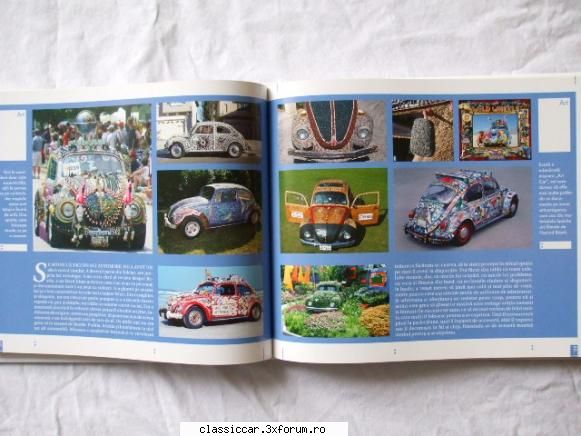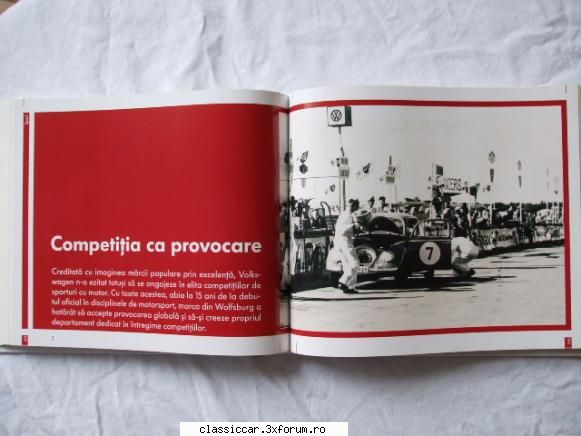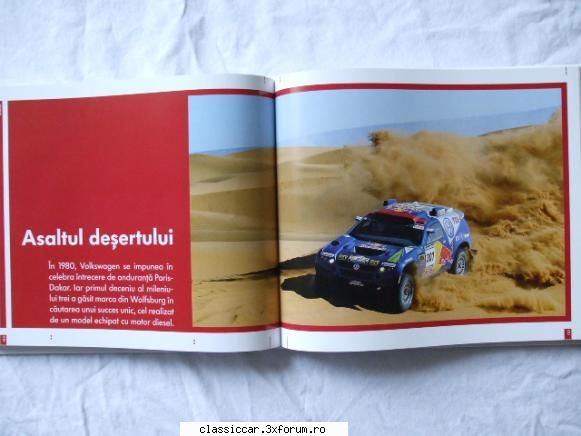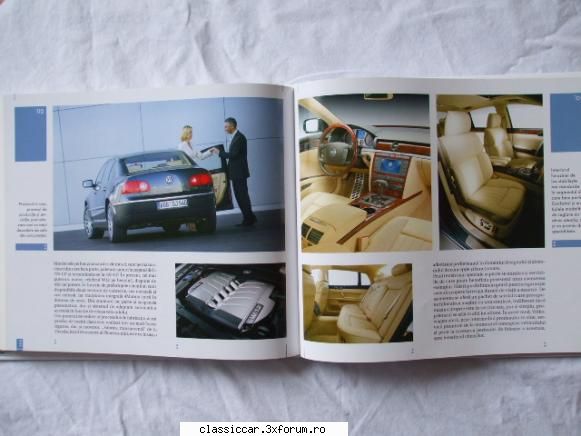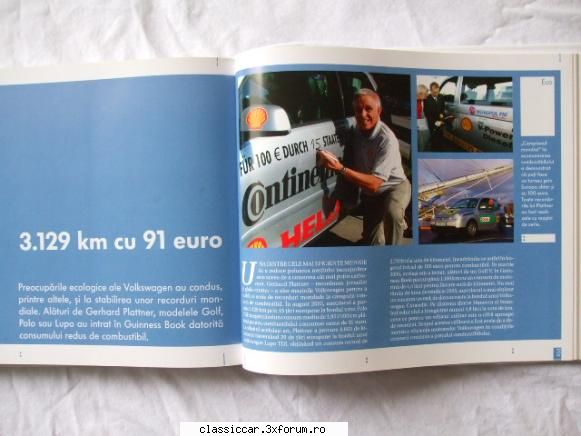Misu de Cluj
Admin
 Din: Cluj-Napoca
Inregistrat: acum 15 ani
Postari: 48194
|
|
VW Beetle History
The history of the Beetle started in 1934 when in the Hall of Berlin Adolf Hitler announced that the car had not to be an exclusive privilege of the rich. To Ferdinand Porsche, defined by him as "the most famous designer of all time", he entrusted the assignment to construct the Volkswagen (the people's car); and he did not limit himself just to the definition of the name, but dictated also terms about the peculiarities thet it had to have (speed, consumption, price, etc...). In '36 the first 3 prototypes were ready (two sedans and one cabriolet) so that, a little bit later, Hitler entrusted the task to find out the suitable place to build up the factory of the future Beetle. The place was located in a vaste zone of the Low Sassonia, in the surroundings of the castle of Wolfsburg of Earl Von Schulenberg, who was dispossessed of his land. In '38 it took place the ceremony of the laying of the foundation stone of that factory which became (and it is still) the biggest car factory of automobiles in the world. The name chosen for the future Beetle was KDF Wagen (Kraft Durch Freude Wagen), that is "Car of the force by means of joy". It is no use saying that Porsche tried to set himself against such name, but the choice came from Hitler personally, and there was nothing to do.
In '39 the KDF-Wagen officially appeared at the Hall of Berlin and it was such a modern and revolutionary car to make the competitors look like nothing (see Technique). In September '39 the Second World War began and the civil production of the Beetle was converted in military production; that had much importance for the future of the Beetle because on account of the war it had to sustain the hardest test which no other car had ever been submitted before (and today). And it got off very well: in any climatic condition (from torrid Africa to icy Russia) and in any sort of ground (in the mud, in the sand and the snow) the Beetle never stopped indeed. In this period the KÜBELWAGEN (car "made like a bucket", built in many versions), and the SCHWIMMWAGEN (car "which could swim", be able to achieve the speed of 10 Km/h in the water), and many other military models were built.
In May '45 the war was over and it remained up only the third part of the factory of Wolfsburg, seriously damaged by the bombardment. They thought to demolish it, but thanks, above all, to the Major Ivan Hirst (who it had been trusted to) the English changed their mind and, some years later, gave it back to the Germans, entrusting the task to manage it to Heinz Nordhoff. In the meantime the workers, with the last materials saved from the bombardment, had laboriously started building the Beetle again, but the production had very low levels. And it was just Nordhoff to do the "miracle": from a few hundred cars produced in '46 the productions went to 19.000 in the '48 and 46.000 in the '49 in a continuous and exponential growth which slowed down only in the middle seventies. In that period of time, many technical improvements were continuously introduced, however without never touching the original look and formulation of Porsche's project. And with regard to Porsche: where was he? Porsche was prisoner in France even accused by Pierre Peugeot of war crimes (while it seems that Porsche himself had helped him, preventing that he was arrested by the Gestapo). In '47 he was declared innocent and was set free, but he could go back to Germany only in '49. It seems that during his homecoming, seeing many Beetles along the motorways, he was moved nearly to tears. He died on 30 January 1951 without being able to know what "incredible career" his Beetle would have made in future.
In those years the exports began in other countries : Holland, Denmark, Luxembourg, Sweden, Belgium, Switzerland and United States. In '53 the Brazilian production started with the affiliated firm "Volkswagen of Brasil" and the "Volkswagen of America" was built too; in '64 another overseas branch was built, the "Volkswagen de Mexico", and in '66 a factory opened in South Africa too. In '55 the millionth Beetle was built and, for that occasion, it was made in gold metalized colour, with brocade seats and embellishments in little glass pearls on the chromizings. In the meantime in all the Countries where the Beetle was constructed or exported the sales grew constantly: in Italy in '63, 42.000 Beetles were registered and in America who wished to buy it, had to wait up to 5 months.
In '67 the look of the Beetle was remarkably modified: the headlight became round and vertical, the bumpers squared and increased , the tail lights magnified and the electrical system was strengthened (from 6 to 12 Volt). Even in '70 there was an important newness: in fact, the Super Beetle (1302 and 1302/S) was born. Substantial differences regarded the appearance (a front hood more "plumper" and the mechanics (McPherson front chassis and rear axle with double flexible shafts) that were further modified in '73 with the Super Beetle mod.1303 (curved anterior glass and new dash-board stuffing). As it was already said, in the course of the years improvements never gave up, and it is interesting to notice that they were almost always ahead of their time and, therefore, destined to set a fashion; like the water resistant sun roof cover in PVC (1955), the tubeless tyres (1957) or the acrylic painting rather than the nitro painting (1949). Besides, in confirmation of the reached reliability and of the high qualitative standards as about the used material as the assembly lines, it is important to notice that already in '54 the running in time was eliminated. and the mechanics (McPherson front chassis and rear axle with double flexible shafts) that were further modified in '73 with the Super Beetle mod.1303 (curved anterior glass and new dash-board stuffing). As it was already said, in the course of the years improvements never gave up, and it is interesting to notice that they were almost always ahead of their time and, therefore, destined to set a fashion; like the water resistant sun roof cover in PVC (1955), the tubeless tyres (1957) or the acrylic painting rather than the nitro painting (1949). Besides, in confirmation of the reached reliability and of the high qualitative standards as about the used material as the assembly lines, it is important to notice that already in '54 the running in time was eliminated.
Since '74, periodically, special series were built in a limited number, which had very particular inner fittings and colourations. The Jeans, the City, the Big, the Special Bug, the Fioriserie, the Winter, the Samtrot, the Silver Bug were built, and in '87, in order to celebrate the 50th year since its birth, the last one of the series was born, considered the best by the most: the Beetle of the Jubilee (Jubiläums-käfer). It was metalized grey and it had athermic, blue-tinted windshield, printed steel sports rims, the steering wheel of the Golf GTI and greys inners with strip of several tonalities. In the middle seventies sales began to decrease and in '74 they decided to move the Beetle production from Wolfsburg to Emden in order to make place to the new car: the Golf. In the '78 the European production definitively stopped and the Beetle continued being built only in Mexico, from where it was imported in Europe. In '76 the Super Beetle sedan building stopped, and it will be built only in the cabriolet version, but only until 1980. Althoug the production in Mexico has been stopped in 2003, the Beetle is not likely to disappear from the roads of our planet: great part of the 22 million of models built cover Km and Km every day along the roads all over the world, asking in exchange only a little bit of oil and petrol. And their owners are sure of one thing: if they love it and they treat it well, "he" will never betray them.
_______________________________________
NU TOATE MASINILE VECHI SUNT RABLE! 
UN POPOR CARE ISI INGROAPA TRECUTUL, NU VA AVEA VIITOR! 
SUNT MANDRU DE RABLELE MELE !!! 
|
|

 and the mechanics (McPherson front chassis and rear axle with double flexible shafts) that were further modified in '73 with the Super Beetle mod.1303 (curved anterior glass and new dash-board stuffing). As it was already said, in the course of the years improvements never gave up, and it is interesting to notice that they were almost always ahead of their time and, therefore, destined to set a fashion; like the water resistant sun roof cover in PVC (1955), the tubeless tyres (1957) or the acrylic painting rather than the nitro painting (1949). Besides, in confirmation of the reached reliability and of the high qualitative standards as about the used material as the assembly lines, it is important to notice that already in '54 the running in time was eliminated.
and the mechanics (McPherson front chassis and rear axle with double flexible shafts) that were further modified in '73 with the Super Beetle mod.1303 (curved anterior glass and new dash-board stuffing). As it was already said, in the course of the years improvements never gave up, and it is interesting to notice that they were almost always ahead of their time and, therefore, destined to set a fashion; like the water resistant sun roof cover in PVC (1955), the tubeless tyres (1957) or the acrylic painting rather than the nitro painting (1949). Besides, in confirmation of the reached reliability and of the high qualitative standards as about the used material as the assembly lines, it is important to notice that already in '54 the running in time was eliminated. 

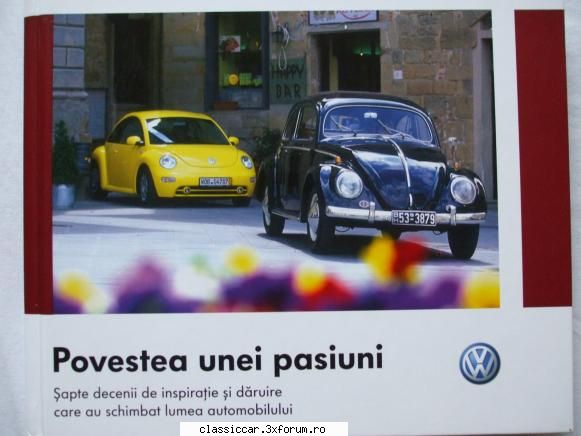
 .
.